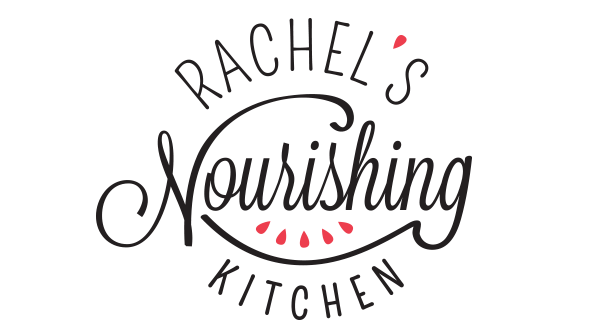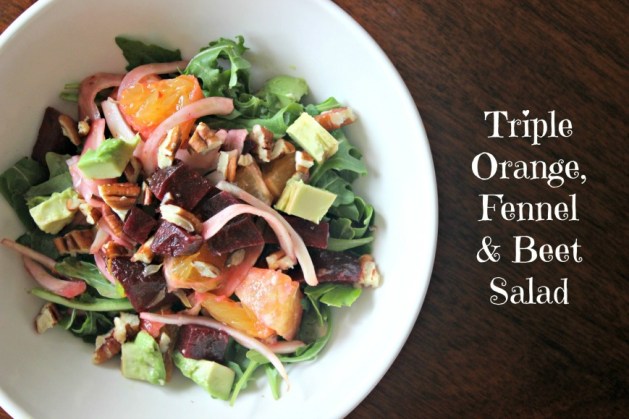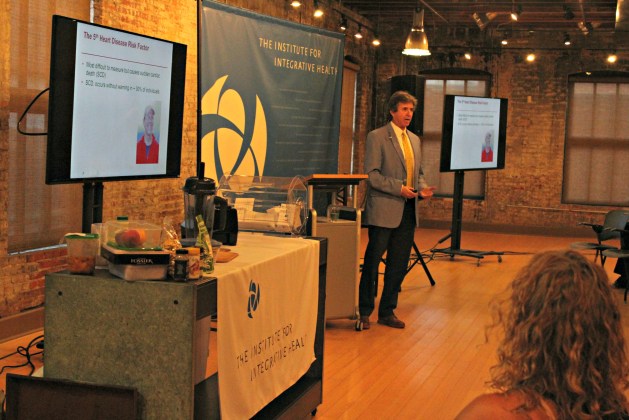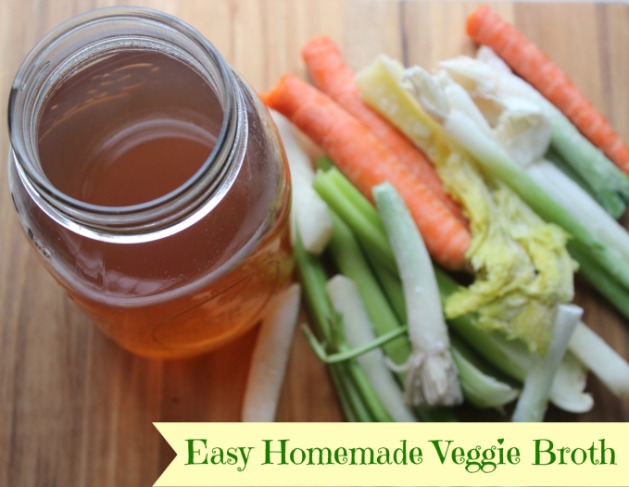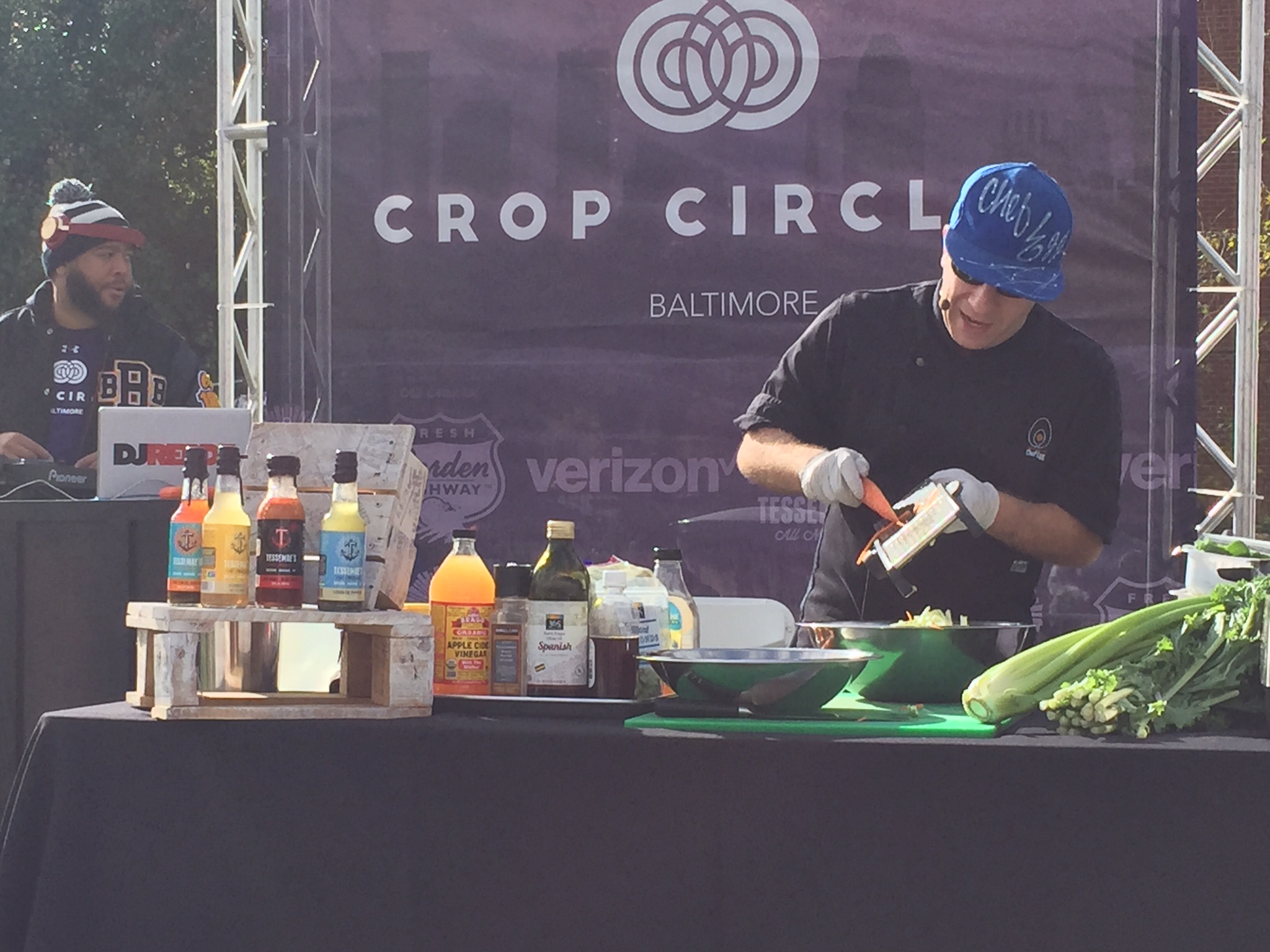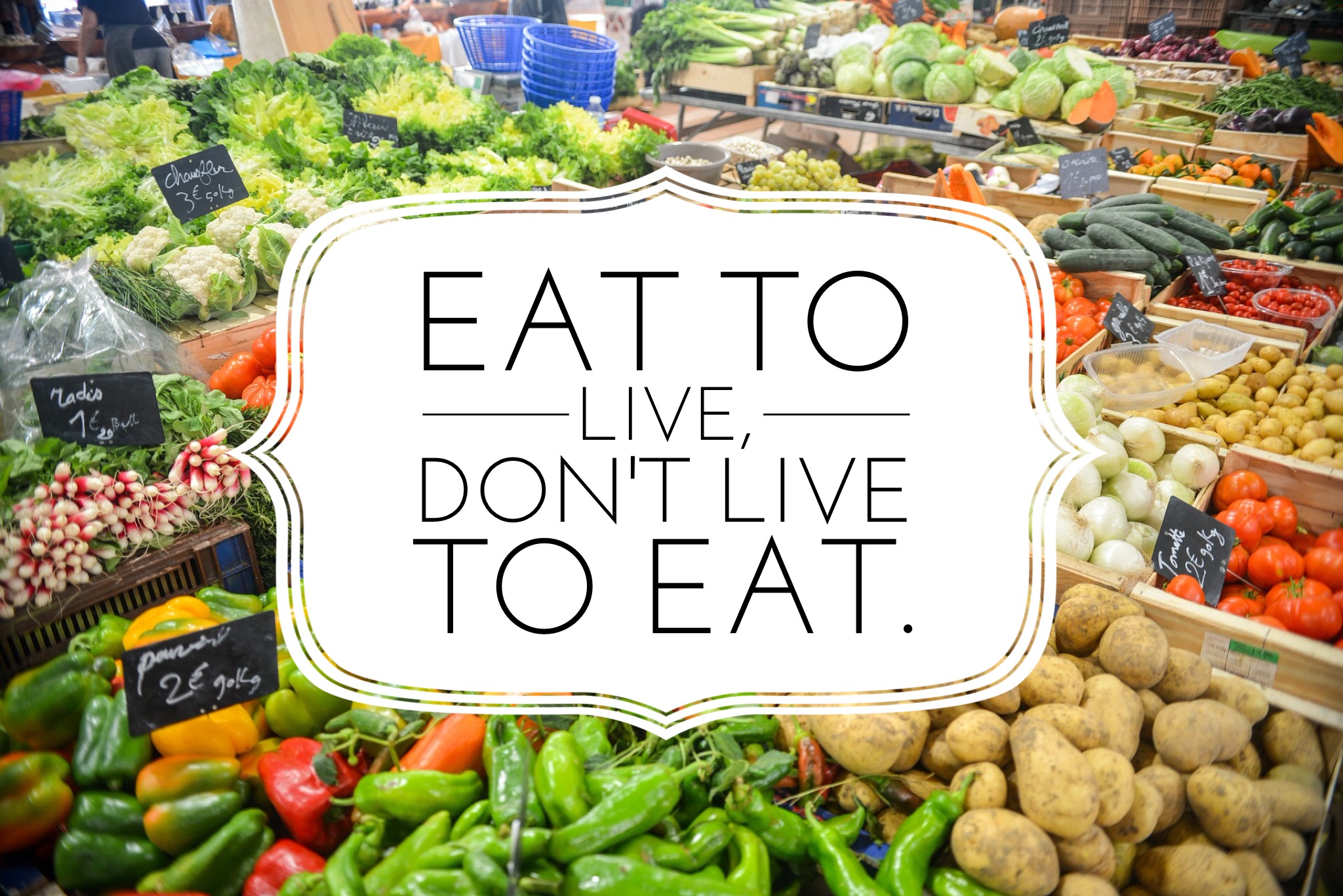Meal planning can feel overwhelming, intimidating and even repetitive and boring. It’s one of those things that we know we “should” be doing but rarely prioritize. Planning your meals and cooking from scratch gives you more control over what you’re putting in your body. It puts nourishment in your hands vs. someone else’s. When I consistently plan meals, I feel better, save money and time, waste less food and find that mealtime is less stressful because I know what I’m having ahead of time.
I’m about to finish a two-part series on meal planning at the Institute for Integrative Health in Baltimore. We had a great time coming together to talk about strategies for why and how to meal plan in a way that feels less intimidating and overwhelming.
I thought I’d pull together some of the top tips from the first session to support you in better meal planning! So, from getting a California meal delivery service to plate ratios to stocking up, here are my top meal planning tips:
1) Stock Your Pantry
If you have convenient, accessible, nourishing foods in your pantry, fridge and freezer, you’ll be more likely to eat those foods! It might sound too simple, but that’s what it takes. Start by cleaning out your pantry by tossing anything that is expired or isn’t supporting your health and wellbeing. Once you’ve done that, replace those items with nourishing ones instead.
I love this video from Whole Foods about how to stock your pantry. It includes all of our pantry staples. Check it out and notice which foods you tend to not have on hand. Canned beans, grains, and nuts and seeds are must-haves for us, in particular!
2) Spice It Up
Herbs and spices are an easy and inexpensive way to add variety and flavor to your food. We tend to shop in the bulk spices section at MOMs Organic Market, so we just get what we need for more obscure spices and continue refilling our glass jars for the ones we use on a regular basis. Here are our spice rack staples:
- Cumin
- Cinnamon
- Oregano
- Thyme
- Rosemary
- Sea Salt
- Black Pepper
- Chili Powder
- Curry Powder
- Turmeric
- Coriander
- Bay Leaves
3) Follow the 50/25/25 Plate Ratio
This is not a hard and fast rule, but it is something that helps me mentally map out a meal. Whether it’s in the form of a salad, soup, or side, half of my plate is made up of vegetables. Fruit is often something I snack on or put in my smoothies. Some of my favorite whole grains or starchy veggies are quinoa, brown rice, bean-based pasta (like Tolerant Foods), squash, spaghetti squash, etc. My protein source is either plant-based or animal-based, depending on my mood and what my body is craving at the time.
Notice how relatively small the protein portion is on the Harvard School of Public Health’s healthy eating plate compared to the typical American plate. Also, protein is in a variety of foods, including whole grains, vegetables, and beans, so keep that in mind, too!

4) Follow a Simple Process
I shared more details about our favorite cookbooks and meal templates in this post from a few weeks ago about What We Eat: A Peek At Our Weekly Meal Plan. I’m also a big fan of Precision Nutrition’s infographic about meal planning and how to combine spices in your meals. It’s super helpful!
- Look at your week and determine how many meals you’ll need.
- Look at what ingredients you already have in your pantry, fridge and freezer.
- Using a cookbook or online tool to find recipes that use those ingredients.
- Make a list of ingredients that you need to complete those recipes.
- Go grocery shopping.
- Wash, chop and cook veggies when you get home. Mark containers with masking tape, so you know what recipes they go with. Make bigger batches of recipe that will hold up well in the fridge for a few days ahead of time (grains, beans, stews, chilis, oatmeal, muffins, frittatas, roasted veggies).
5) Use a Recipe Template
I’m a fan of meal ASSEMBLY vs. meal planning because I like the idea of mixing and matching different ingredients to form a variety of dishes. The Environmental Working Group has a fantastic recipe guide arranged in template-style, and you can download the PDF here for free. Here are a few more of my favorite combinations:
- Smoothies: 1 cup fruit + 1 cup liquid + 2 T fat (nuts, seeds, avocado) + protein + additional veggie (spinach, peeled zucchini, carrots, cauliflower) and superfood. This is the Caribbean Island Breeze Smoothie we made in class and my other smoothies here.
- Grain Bowls: 1 part grains + 1-3 parts raw veggies + 1 part cooked veggies + protein + crunch/fat + dressing/sauce. Try this Sweet Potato, Quinoa, Edamame Bowl, this Bean Burrito Bowl or this Sundried Tomato Basil Quinoa Bowl.
- Frittatas: Eggs + chopped veggies + leafy greens + spices/herbs + salt. Try this Sweet Potato Egg Casserole.
- Salads: Greens base + non-starchy veggies + starchy veg or whole grain + protein + crunch/fat + dressing. Check out my favorite salads here.
Mason jar meals are one of my favorite meal templates. This is the Carrot & Chickpea Mason Jar Salad we made during the class. You have to try it!
https://youtu.be/M_sV1-ma5BA
6) Change Up Your Meals & Get Inspired!
As technology continues to expand, there are more meal planning and meal kit delivery service companies than ever before that make the process more fun and exciting.
Try a theme night focused around a certain topic like Meatless Monday, Taco Tuesday, What’s Left Wednesday (leftovers), Fiesta Friday, Souper Saturday, Salad Sunday, etc. If you know every Tuesday is tacos, you’re just changing up the ingredients but can reuse spices and core ingredients like wraps and shells.
I also encourage you to check out these options for meal planning services and meal kit delivery services.
Online Meal Planning Services
- Real Plans – Monthly – $14, quarterly – $33 and annual – $72. The quarterly works out to $11 per month and the annual works out to $6 per month. https://realplans.com/
- That Clean Life – $9/month; $90/year:https://thatcleanlife.com/pricing
- Plan to Eat – $4.95/month; $39/year: https://www.plantoeat.com/
- DinnerTime – $10/month; $89/year: https://www.dinnertime.com/signup
Meal Kit Delivery Services
- Terra’s Kitchen: Use code RACHELD for $35 off your first order! I love this company and how they promote sustainability in addition to delicious meals!
- Plated
- Green Chef
- Purple Carrot
- Hello Fresh
- Hungry Root
- Sun Basket
- Blue Apron
How about you? Do you have any go-to meal planning tips? Feel free to share them below. I’ll be sharing more ideas about batch cooking, food storage and time-saving tips and tools in the next post!
